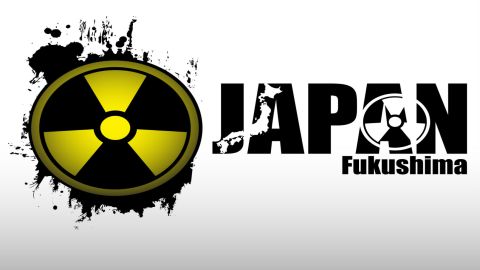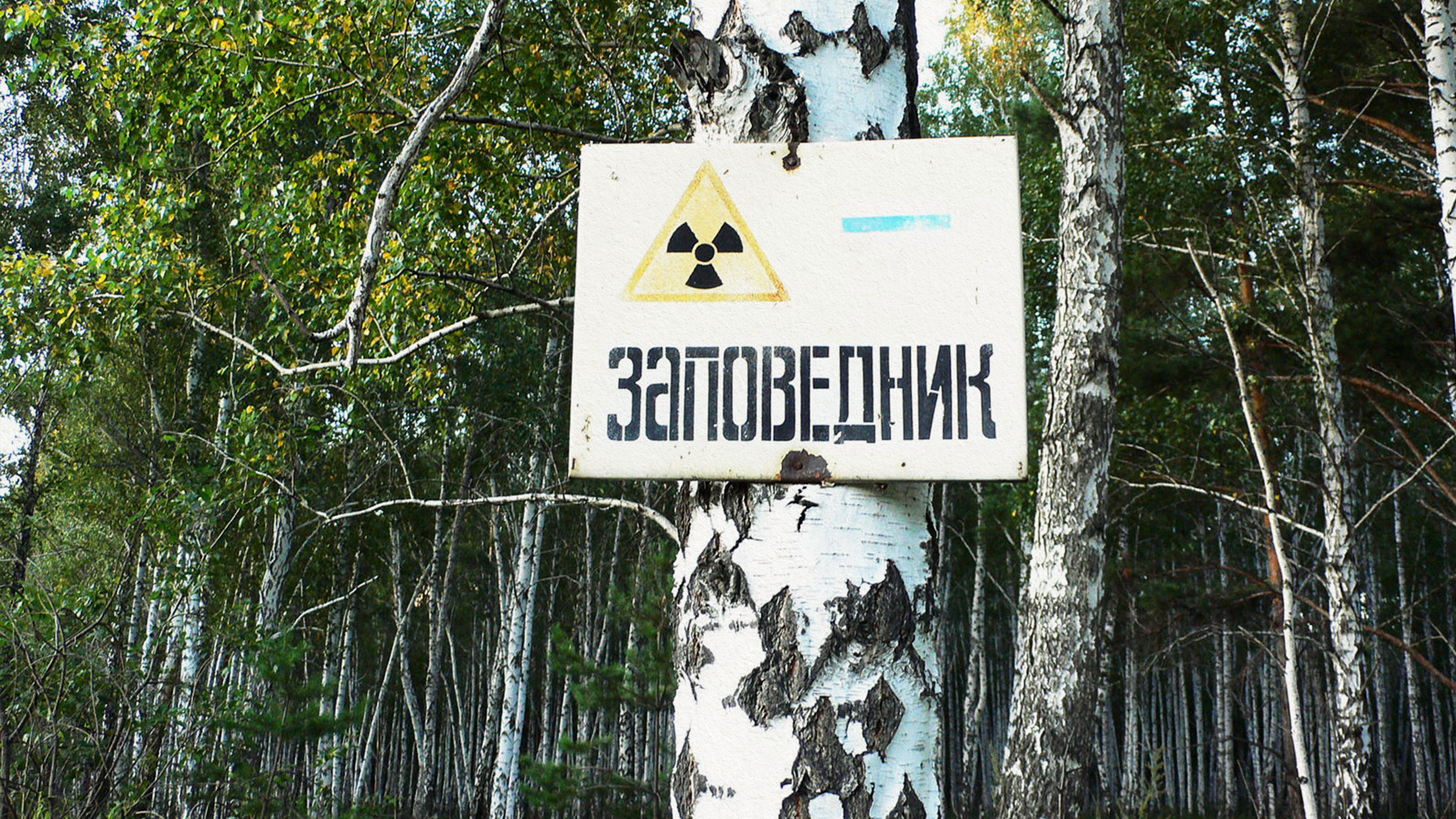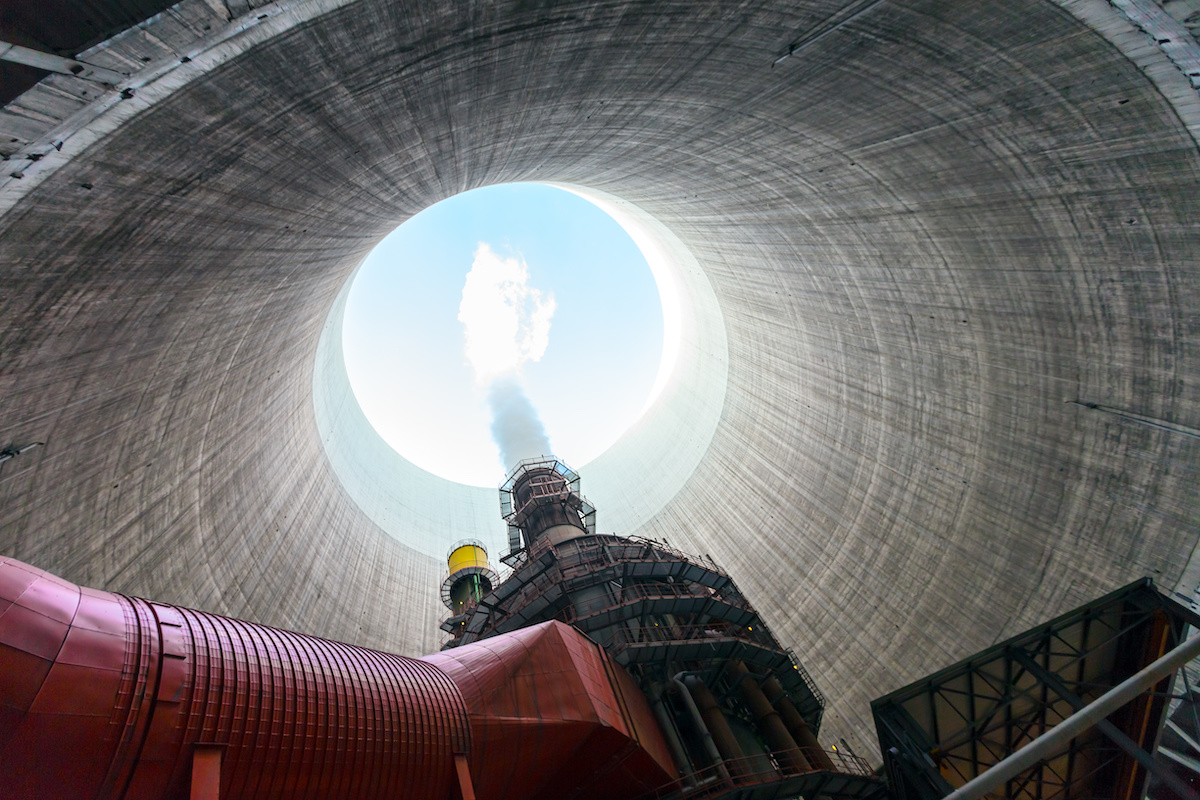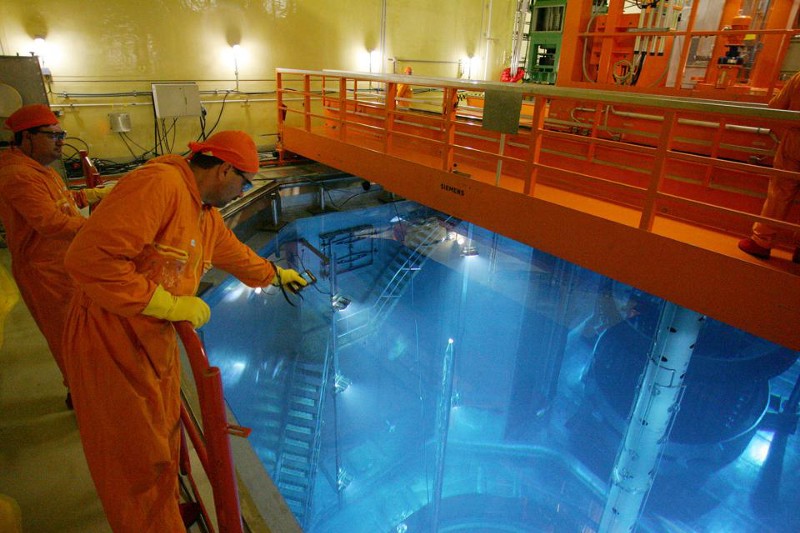News Reports About Radiation Risk: A Glimmer of Hope

Have you heard!? More bad news about the Fukushima nuclear disaster.
Fukushima Disaster Radiation Detected off Canada’s Coast
Radiation From Fukushima Disaster Detected Off Canada
Fukushima Radiation Measured on B.C. Shore for 1st time
From those headlines, and many more like it, you’d figure, “Here comes more scary news about radiation.” But in a hopeful sign that maybe, just maybe, news media coverage might start reporting the actual health risk of radiation more objectively, nearly every story made clear that the mere presence of radiation does not automatically mean there is any reason to worry. And most of the coverage established right up front that the risk was tiny, unlike a lot of stories about radiation (or other risks) in which, after a scary headline, the first part of the story is usually about how much danger there might be, while information suggesting that the risk isn’t all that big is buried down toward the end… if it’s included at all.
The very first paragraph in the Reuters wire service story that ran in many places reported:
Radiation from Japan’s 2011 Fukushima nuclear disaster has for the first time been detected along a North American shoreline, though at levels too low to pose a significant threat to human or marine life, scientists said.
The CBC story had the low risk right in the sub-headline
Fukushima radiation measured on B.C. shore for 1st time
Trace cesium detected, but levels far below limit for safe drinking water
Nearly every story offered additional language that made it clear that the level of radiation in the water was FAR below anything that would put people or the environment at risk. A Seattle TV stationquoted a scientist saying:
“The levels we are seeing are so low that we don’t expect there to be impacts on the health of either the marine environment or people living along the coast.”
Another piece put the risk in perspective this way:
“Swimming in the Vancouver Island water every day for a year would provide a dose of radiation less than a thousand times smaller than a single dental X-ray.”
This is encouraging news, a sign that the news media are starting to report about radiation more responsibly. As with any toxin, the dose determines the level of danger. Even at high doses nuclear (ionizing) radiation is a weak carcinogen. The extraordinarily high doses received by atomic bomb survivors who were within four miles of those explosions raised their lifetime cancer death rate by less than 1 percent. At lower doses, below 100 millisieverts, the A bomb survivors have taught us that radiation causes so few ill health effects (except birth defects when fetuses are exposed) that they can’t be detected against normal disease rates. (The doses that most people got from Chernobyl and Fukushima were much lower than that.)
That critical information is often left out of stories about radiation, which usually play up the risk, like the one about the Fukushima radiation in ocean water that ran in Deutsche Welle, a news service run by the German government. It is relevant that the German government, under pressure from the staunchly anti-nuclear German Green Party, decided in the wake of Fukushima to reverse its decision to re-license Germany’s 17 nuclear power plants and instead ordered them all shut down.
Deutsche Welle reported:
But unlike every other report on the subject, they failed to include anything about how the tiny doses in the water posed only the tiniest risk, and found a way to play up the fear of radiation, saying in their sub headline:
Scientists have detected radiation from Japan’s 2011 nuclear disaster off the Canadian Coast. Experts disagree as to whether the amount detected constitutes a dangerous level or not.
That’s the same as a conservative American news outlet reporting that there is still scientific disagreement about whether climate change is real. It’s hogwash. Deutsche Welle quoted Peer van de Rijk, a scientist at an anti-nuclear environmentalist organization, saying;
“There is only one safe level: That is zero level. Every amount is possibly harmful, and it adds up. You can never say that there is a safe dose for radiation.”
Maybe not. But you can report that low doses mean low danger, and tiny doses mean tiny danger, which Deutsche Welle failed to do, a huge disservice to their readers. (Their story also included a quote from van de Rijk opposing nuclear power.)
Excessive fear of radiation is dangerous all by itself. It feeds opposition to carbon-free nuclear energy, which most energy experts agree should be part of how we minimize climate change. It makes us vulnerable to the risk of radiological terrorism. A “dirty bomb” — a regular explosive contaminated with radioactive material — will do far more harm by the fear it spreads than by the damage the bomb itself does. Excessive fear of radiation scares some people out of medical care options that would do them far more good than harm.
So responsible reporting about the biological risk of radiation is really important for public health and safety. It’s too bad that the tiny levels of radiation in the ocean off Canada got big headlines and high-profile coverage in the first place, given that the risk to human and environmental health was infinitesimal. But it is encouraging that nearly all the coverage prominently reported that RADIATION does not always mean DANGER. The media certainly should sound the alarm when the risk is real. But they should avoid the temptation to be alarmist when it isn’t. This episode provides a hopeful example.





